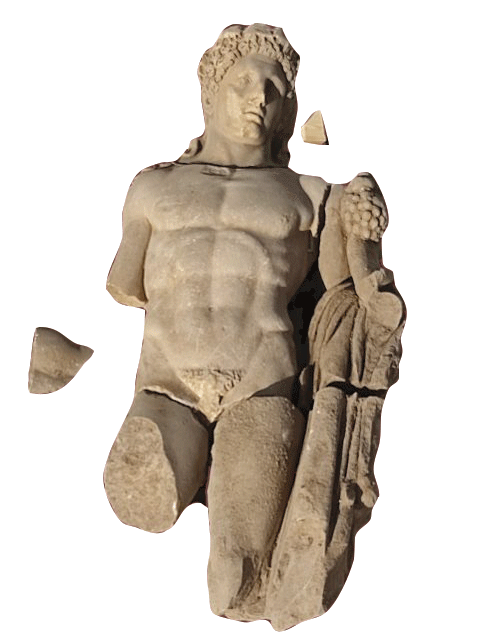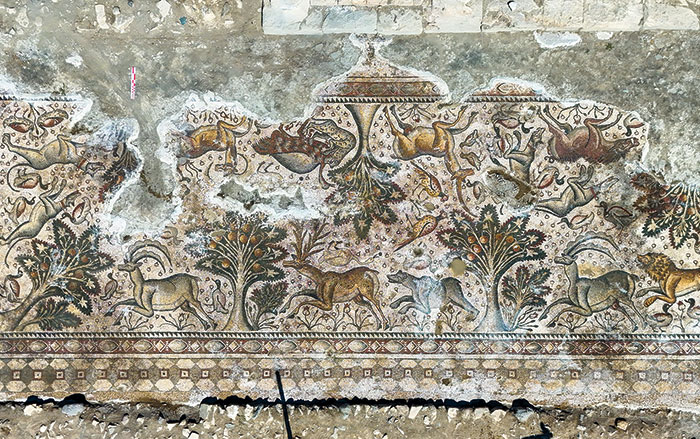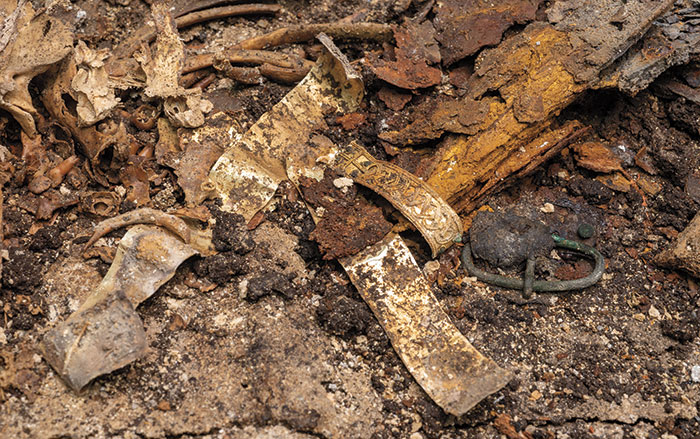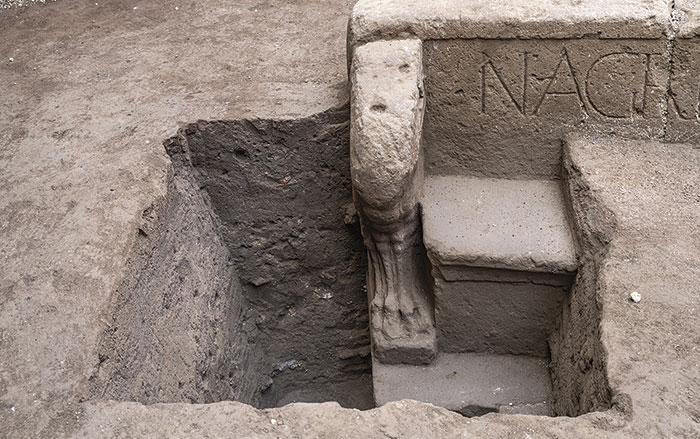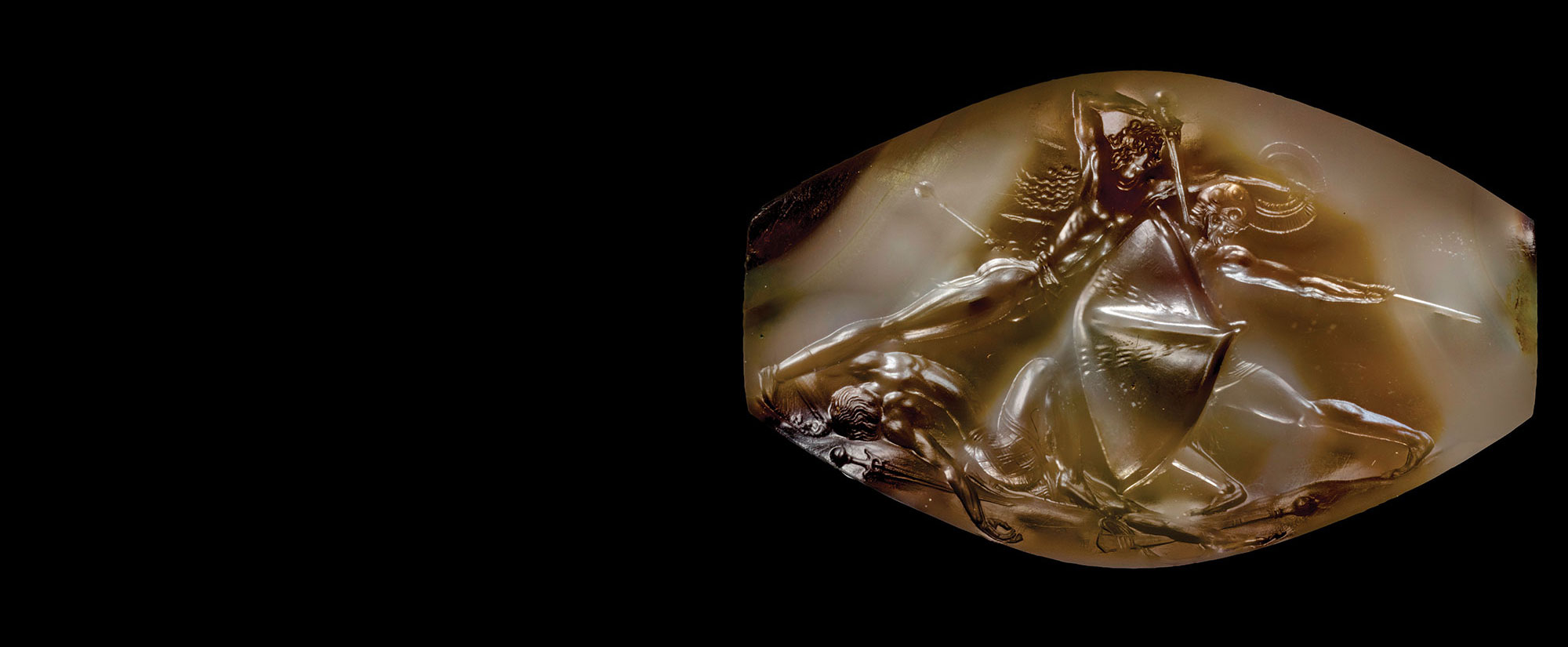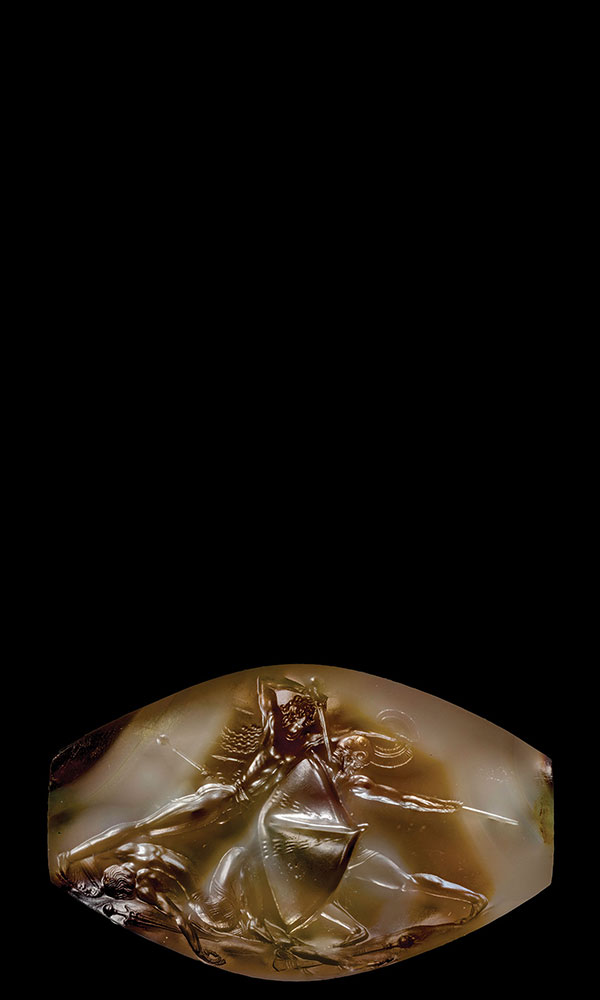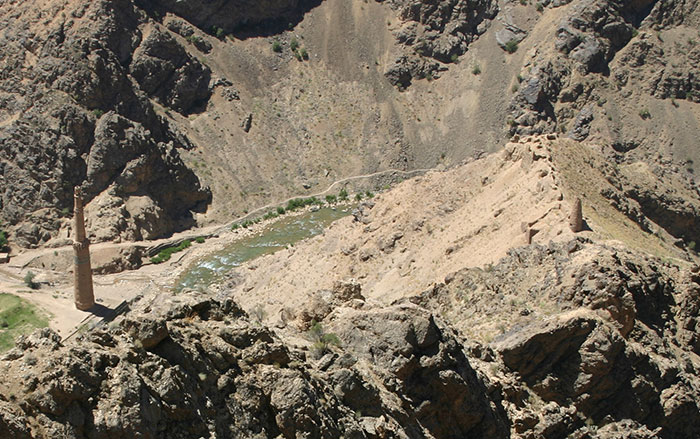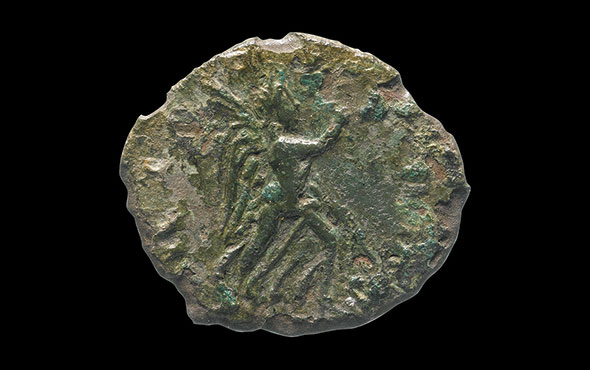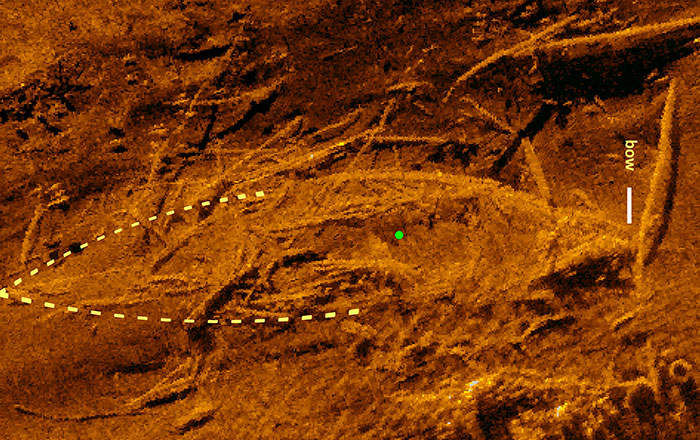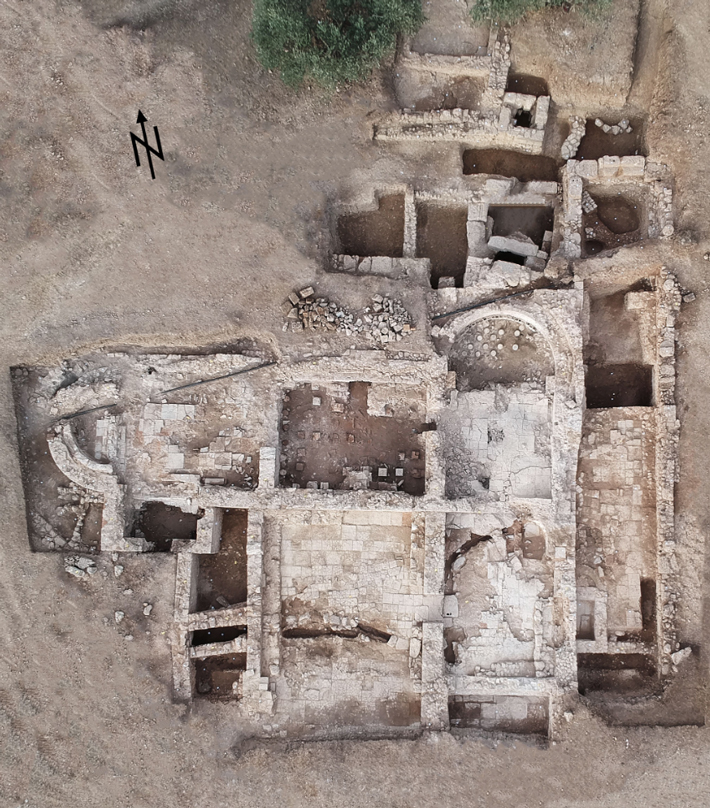
CHILIOMODI, GREECE—According to a Tornos News report, a Roman-era bath complex dating from the end of the third century to the mid-first century B.C. has been discovered among the public buildings at the center of the site of Tenea, which is located in southern Greece on the ancient road connecting Corinth and Mycenae. Archaeologists led by Elena Korka of the Greek Ministry of Culture found arches and red-painted clay floors in two of the three caldaria, or hot bathing areas, that they uncovered. All of these rooms contained marble and mosaic fragments. To the south, in another part of the bath complex, the researchers uncovered a room containing built-in desks, a fallen Ionic capital, and a column; a swimming pool; and a room with a bathtub, lead duct work and drainage pipes, a Doric capital, columns, and a well-preserved clay floor. Figurines and miniature vessels that may have been used in religious rituals were found at another structure near a 50-foot-deep well to the north of the bath complex. The researchers also recovered silver and bronze coins from the Hellenistic period through the Roman period. To read about a recent discovery about early temple engineering, go to "Rise of the Greek Crane."


